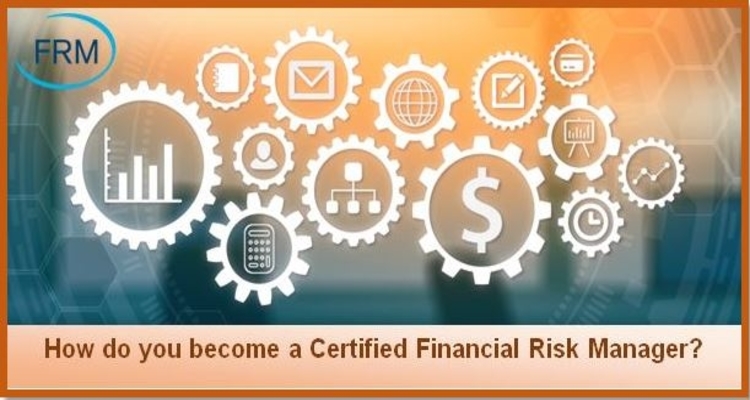

#Certified financial risk manager driver#
Standardised measurement approach (SMA)įurther information: Bank § Capital and risk, and Investment banking § Risk managementīanks and other wholesale institutions face various financial risks in conducting their business, and how well these risks are managed and understood is a key driver behind profitability, as well as of the quantum of capital they are required to hold.įinancial risk management in banking has grown markedly in importance since the Financial crisis of 2007–2008.Standardized approach (operational risk).Standardized approach (counterparty credit risk) (SA-CCR).In all cases, as above, risk capital is the last " line of defence".īanking Specific banking frameworks Here, market risks that result in unique risks for the firm are commonly the best candidates for financial risk management.Īs outlined, businesses are exposed, in the main, to market, credit and operational risk.Ī broad distinction exists though, between financial institutions and non-financial firms - and correspondingly, the application of risk management will differ.įor Banks and Fund Managers, "credit and market risks are taken intentionally with the objective of earning returns, while operational risks are a byproduct to be controlled".įor non-financial firms, the priorities are reversed, as "the focus is on the risks associated with the business" - ie the production and marketing of the services and products in which expertise is held - and their impact on revenue, costs and cash flow, "while market and credit risks are usually of secondary importance as they are a byproduct of the main business agenda". This suggests that firm managers likely have many opportunities to create value for shareholders using financial risk management, wherein they have to determine which risks are cheaper for the firm to manage than the shareholders. In practice, however, financial markets are not likely to be perfect markets.

"In a perfect market, the firm cannot create value by hedging a risk when the price of bearing that risk within the firm is the same as the price of bearing it outside of the firm." This notion is captured in the so-called "hedging irrelevance proposition": When applied to financial risk management, this implies that firm managers should not hedge risks that investors can hedge for themselves at the same cost. The discussion essentially weighs the value of risk management in a market versus the cost of bankruptcy in that market: per the Modigliani and Miller framework, hedging is irrelevant since diversified shareholders are assumed to not care about firm-specific risks, whereas, on the other hand hedging is seen to create value in that it reduces the probability of financial distress. Relating to "Risk Management" and shareholder value.

See Theory of the firm and Fisher separation theorem. Finance theory also shows that firm managers cannot create value for shareholders or investors by taking on projects that shareholders could do for themselves at the same cost. Neoclassical finance theory - i.e., financial economics - prescribes that a firm should take on a project if it increases shareholder value. In all cases, the last " line of defence" against risk is capital, "as it ensures that a firm can continue as a going concern even if substantial and unexpected losses are incurred". In investment management risk is managed through diversification and related optimization while further specific techniques are then applied to the portfolio or to individual stocks as appropriate.Within non-financial corporates, the scope is broadened to overlap enterprise risk management, and financial risk management then addresses risks to the firm's overall strategic objectives.In the banking sector worldwide, the Basel Accords are generally adopted by internationally active banks for tracking, reporting and exposing operational, credit and market risks.
#Certified financial risk manager how to#
See Mathematical finance § Risk and portfolio management: the P world.įinancial risk management can be qualitative and quantitative.Īs a specialization of risk management, financial risk management focuses on when and how to hedge using financial instruments to manage costly exposures to risk. With modern portfolio theory, particularly as initiated by Professor Harry Markowitz in 1952 with his article, "Portfolio Selection" įinancial risk management as a "science" can be said to have been born Financial risk management is the practice of protecting economic value in a firm by using financial instruments to manage exposure to financial risk - principally operational risk, credit risk and market risk, with more specific variants as listed aside.Īs for risk management more generally, financial risk management requires identifying its sources, measuring it, and the plans to address them.


 0 kommentar(er)
0 kommentar(er)
